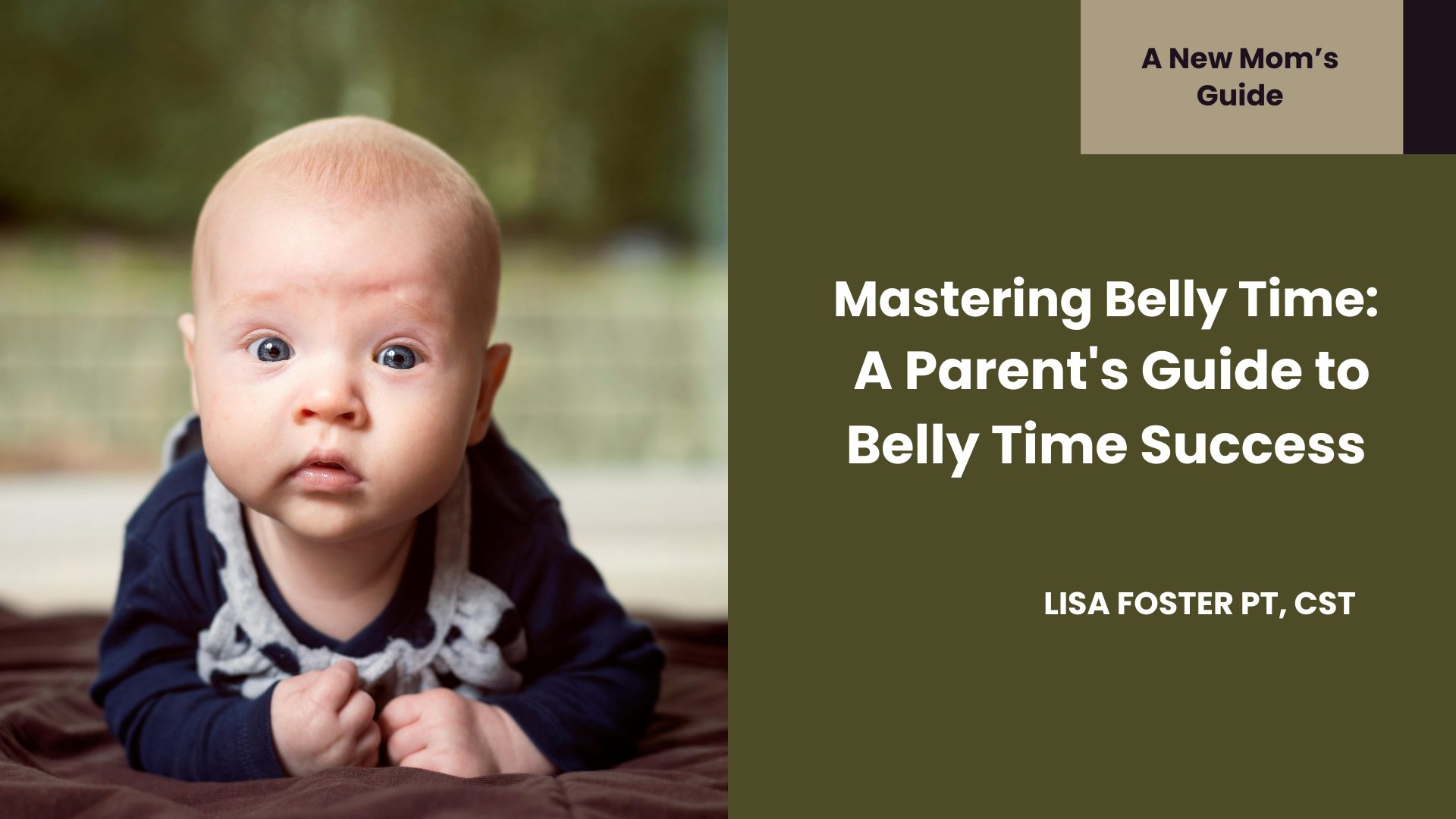Pediatric Craniosacral Therapy: Treating Children with Care
As a craniosacral therapist, I often encounter parents who are concerned about their child's ability to remain still during a treatment session. However, I've learned that meeting children where they are and making them feel comfortable is critical to a successful therapy session. In this blog post, I'll share my experiences and techniques for treating children with craniosacral therapy while respecting their unique needs and personalities.
The Importance of Making Children Feel Comfortable:
Children are naturally curious and energetic, and expecting them to lie still for an extended period is sometimes unrealistic. Instead, I adapt my approach to meet their needs and make them feel at ease. By doing so, children are more likely to relax and open up to the therapy, which can lead to better results.
One valuable lesson I learned early in my career was respecting a child's preferences. I had a young client who wanted to listen to Rap music during his session, initially making me hesitant. However, I decided to embrace his choice and found that the fast-paced music actually helped his system relax. This experience taught me that every child is unique, and what works for one may not work for another.
Tailoring the Session to Each Child:
When working with children, I take the time to understand their individual needs, preferences, and comfort levels. I might ask them about their favorite toys, books, or activities to create a sense of familiarity and relaxation. By incorporating these elements into the session, children feel more at ease and are more likely to benefit from the therapy.
For example, a child who feels comfortable sitting on a parent's lap may prefer to do so during the session. Another child might find holding a small toy or stuffed animal helpful during the treatment. Some children may even want to read a book or play quietly while I work. By allowing them to take the lead, I can tailor the session to their specific needs and help them feel more relaxed and receptive to the therapy.
So parents, you no longer need to worry about if your child can lie still for a treatment session because the therapist will meet them where they are.
How I work with children and Craniosacral Therapy.
Boost your infant's development with our "Mastering Belly Time" mini digital course! Learn the importance of belly time, explore developmental stages from 0-6 months, and discover easy tips to create a successful and enjoyable experience for you and your baby. Perfect for new parents looking to make belly time fun and easy for you and your child!!
